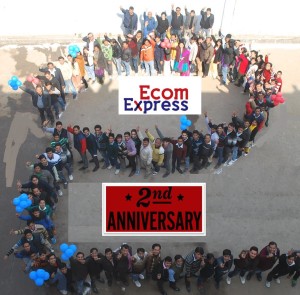 We have already covered the phase of Indian eCommerce Startup Valuations breaking through the roof between 2013 to 2015. The year 2016 saw funding crunch, the sector has had a reality check. GMV is no longer the holy grail and the focus has now shifted to metrics such as the net promoter score, user monetisation and customer experience. Also, there is a growing recognition of the fact that India is different from China and may not necessarily mirror the early e-commerce trends and trajectory in China.
We have already covered the phase of Indian eCommerce Startup Valuations breaking through the roof between 2013 to 2015. The year 2016 saw funding crunch, the sector has had a reality check. GMV is no longer the holy grail and the focus has now shifted to metrics such as the net promoter score, user monetisation and customer experience. Also, there is a growing recognition of the fact that India is different from China and may not necessarily mirror the early e-commerce trends and trajectory in China.
Indian e-commerce firms have pursued several initiatives including increasing the commission rates (at an overall portfolio level), controlling the logistics costs (particularly returns), rationalising discounts and shifting the portfolio mix in favour of high-margin categories to curtail the losses and create a foundation for achieving profitability. Regulations have so far been






